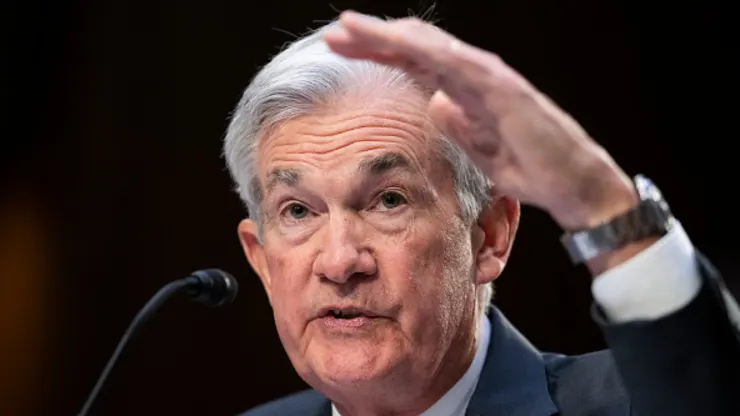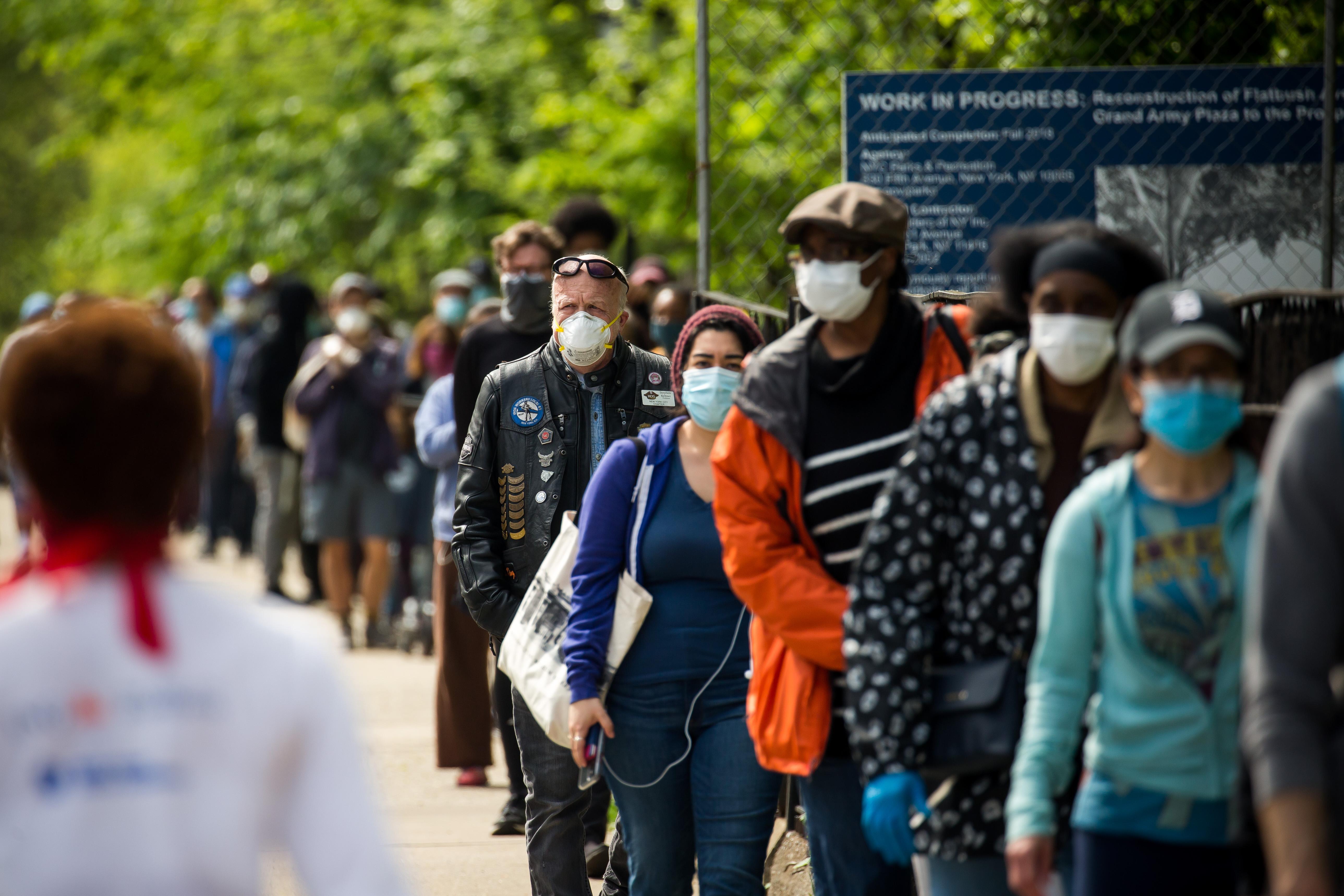
When the Federal Reserve starts to raise interest rates, it generally keeps doing so until something breaks, or so goes the collective Wall Street wisdom.
So with the second- and third-largest bank failures ever in the books happening just over the past few days, and worries of more to come, that would seem to qualify as significant breakage and reason for the central bank to back off.
Not so fast.
Even with the failure over the past several days of Silicon Valley Bank and Signature Bank that forced regulators to spring into action, markets still expect the Fed to keep up its inflation-fighting efforts. Surging bond yields played into the demise of SVB in particular as the bank faced some $16 billion in unrealized losses from held-to-maturity Treasurys that had lost principal value due to higher rates.
Still, the dramatic events may not even technically qualify as something breaking in the collective Wall Street mind.
While market pricing was volatile Monday, the bias was toward a Fed that would continue tightening monetary policy. Traders assigned an 85% probability of a 0.25 percentage point interest rate increase when the Federal Open Market Committee meets March 21-22 in Washington, D.C., according to a CME Group estimate. For a brief period last week, markets were expecting a 0.50-point move, following remarks from Fed Chair Jerome Powell indicating the central bank was concerned about recent hot inflation data.
Goldman Sachs on Monday said it does not expect the Fed to hike rates at all this month, though there were few, if any, other Wall Street forecasters who shared that view. Both Bank of America and Citigroup said they expect the Fed to make the quarter-point move, likely followed by a few more.
Moreover, even though Goldman said it figures the Fed will skip a hike in March, it still is looking for quarter-point increases in May, June and July.
“We think Fed officials are likely to prioritize financial stability for now, viewing it as the immediate problem and high inflation as a medium-term problem,” Goldman told clients in a note.
Krosby said the Fed is at least likely to discuss the idea of holding off on an increase.
Next week’s meeting is a big one in that the FOMC not only will make a decision on rates but also will update its projections for the future, including its outlook for GDP, unemployment and inflation.
“Undoubtedly, they’re discussing it. The question is, will they be worried perhaps that that nurtures fear?” she said. “They should telegraph [before the meeting] to the market that they’re going to pause, or that they’re going to continue fighting inflation. This is all up for discussion.”
Citigroup economist Andrew Hollenhorst said pausing — a term Fed officials generally dislike — now would send the wrong message to the market.
The Fed has sought to burnish its credentials as an inflation fighter after it spent months disavowing rising prices as nothing more than a “transitory” effect from the early days of the Covid pandemic. Powell repeatedly has said the Fed will stay the course until it makes significant progress in getting inflation down to its 2% target.
Citi, in fact, sees the Fed continuing to raise its benchmark funds rate to a target range of 5.5%-5.75%, compared to the current 4.5%-4.75% and well above the market pricing of 4.75%-5%.
“Fed officials are unlikely to pivot at next week’s meeting by pausing rate hikes, in our view,” Hollenhorst said in a client note. “Doing so would invite markets and the public to assume that the Fed’s inflation fighting resolve is only in place up to the point when there is any bumpiness in financial markets or the real economy.”
Bank of America said it remains “watchful” for any signs that the current banking crisis is spreading, a condition that could change the forecast.
“If the Fed is successful at corralling the recent market volatility and ringfencing the traditional banking sector, then it should be able to continue its gradual pace of rate hikes until monetary policy is sufficiently restrictive,” Michael Gapen, BofA’s chief U.S. economist, told clients. “Our outlook for monetary policy is always data dependent; at present it is also dependent on stresses in financial markets.”
Powell also has emphasized the importance of using data to determine the direction in which he wants to steer policy.
The Fed will get its final look at inflation metrics this week when the Labor Department releases its February consumer price index on Tuesday and the producer price counterpart on Wednesday. A New York Fed survey released Monday showed that one-year inflation expectations plummeted during the month.

According to Yahoo US media reports, the recent remarks of Federal Reserve Chair Jerome Powell have drawn deep concern from the market about the health of the US labor market.
According to Yahoo US media reports, the recent remarks of …
After 11 years of waiting in the deep sea, we finally have …
On December 17, 2025, the newly renovated American "Preside…
Nike's second-quarter revenue reached 12.4 billion US dolla…
The European Union (EU) recently announced sanctions agains…
In December 2025, the U.S. economy and financial markets ex…